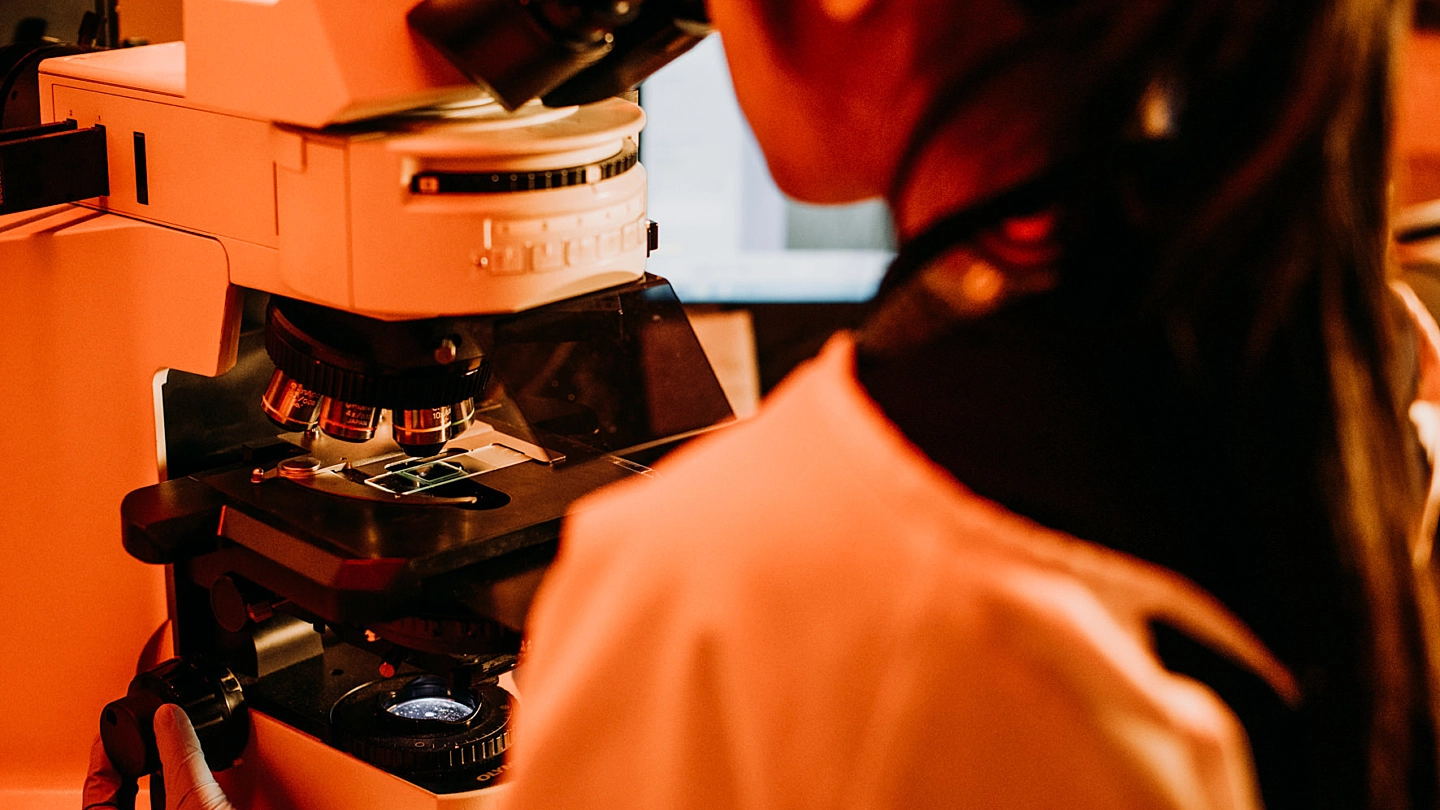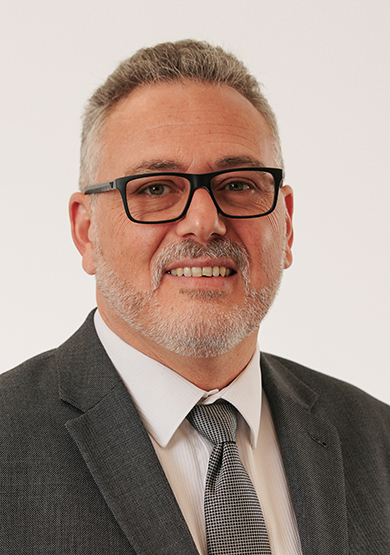The blood cancer acute lymphoblastic leukaemia (ALL) is the most common form of cancer in children.
More than 85% of children remain disease-free after treatment however in some children the cancer returns and is difficult to treat.
This group is investigating how some cancers manage to evade the cancer drugs by making changes to the cells and environment in the bone marrow. The findings could lead to the development of new treatment strategies that further improve cure rates for children with ALL.
Relapsed B-cell ALL has a poorer prognosis with a 50-70% mortality rate. To reduce this mortality rate, new therapeutic strategies are required, as conventional chemotherapy has limited capacity to improve upon current disease-free survival rates.
It is now well recognised that ALL blasts “hijack” supportive niches in the bone marrow (BM) and induce remodelling which contributes to treatment failure and disease relapse. ALL blast cells actively communicate with the surrounding stroma via cell-to-cell interactions and paracrine effectors leading to changes in the BM cellularity and extracellular matrix composition.
In this project, the team is investigating the nature of the interactions between leukemic blasts and the surrounding stroma that contribute to the formation of a cancer niche with the view to develop adjunct therapies that further improve cure rates for children with ALL.


